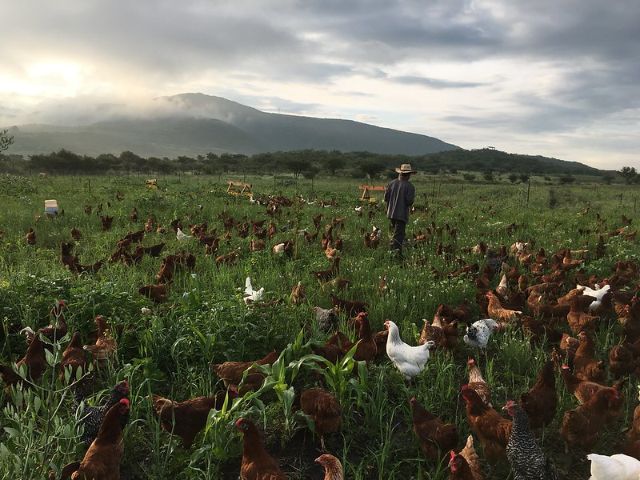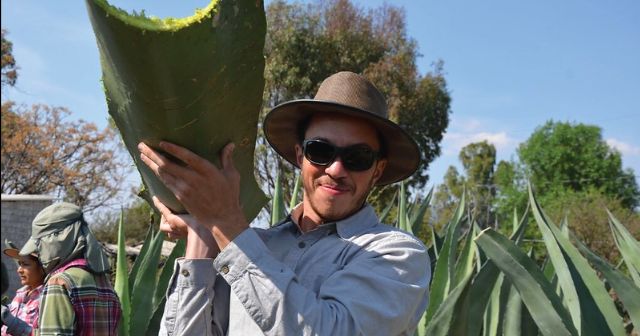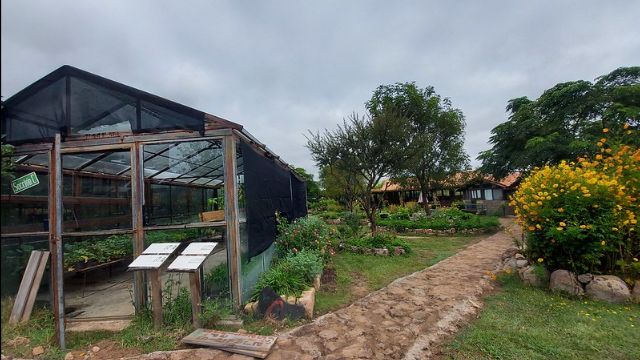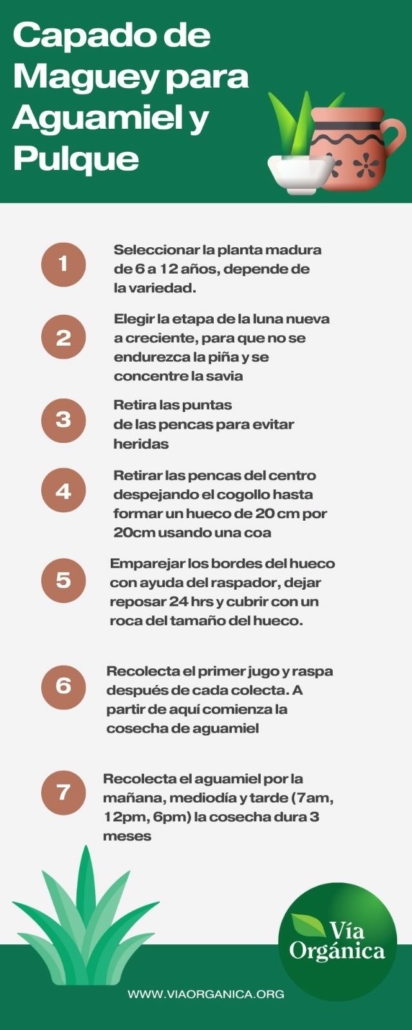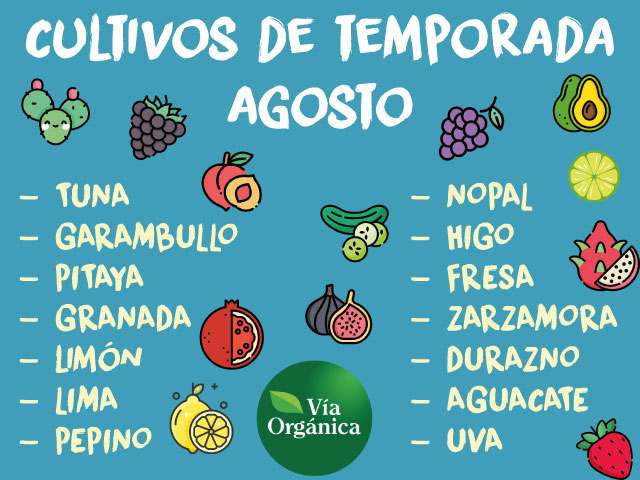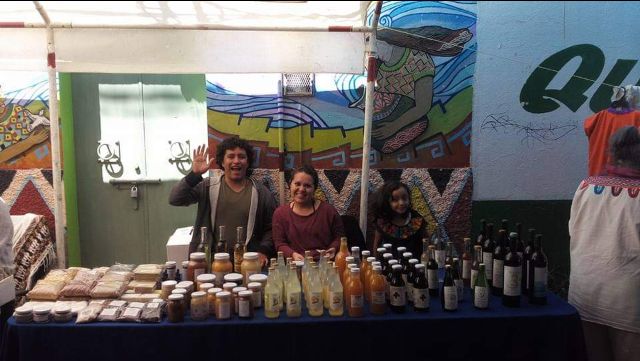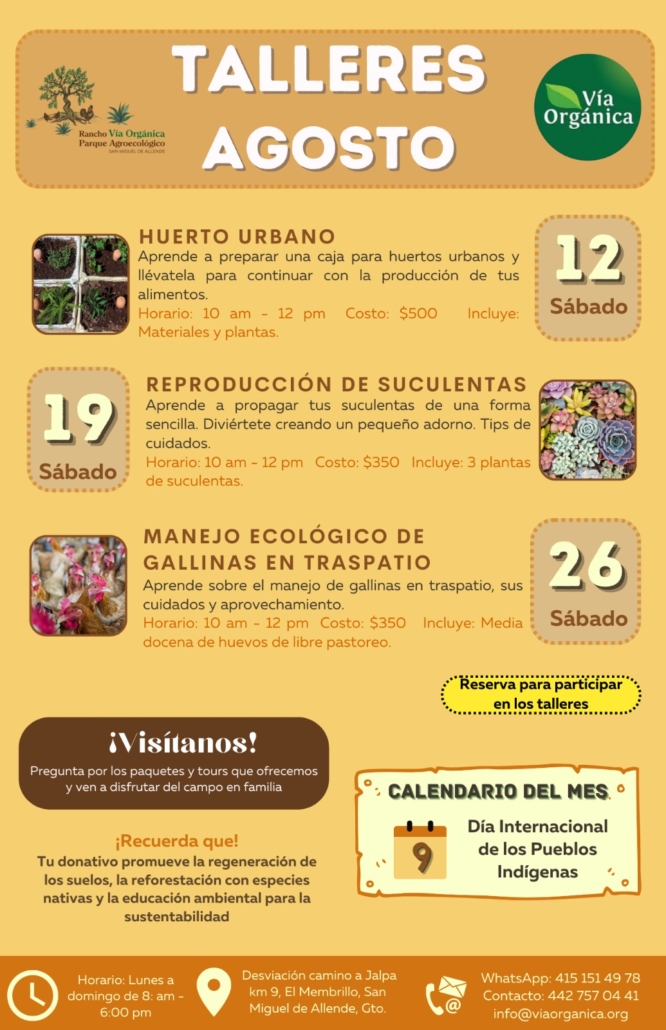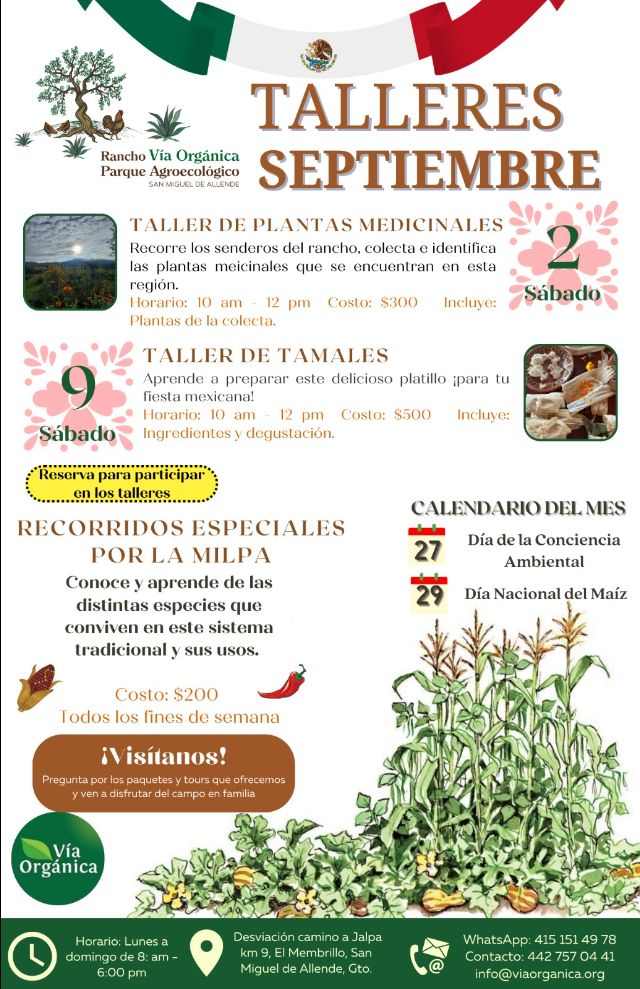Glyphosate, a synthetic herbicide patented in 1974 by the Monsanto Company and now manufactured and sold by many companies in hundreds of products, has been associated with cancer and many other health concerns discussed in this fact sheet. Glyphosate is best known as the active ingredient in Roundup-branded herbicides, and the herbicide used with “Roundup Ready” genetically modified organisms (GMOs).
Herbicide tolerance is the most prevalent GMO trait engineered into food crops, with some 90% of corn and 94% of soybeans in the U.S. genetically engineered to tolerate herbicides, according to USDA data. A 2017 study found that Americans’ exposure to glyphosate grew by about 500 percent since Roundup Ready GMO crops were introduced in the U.S in 1996.
Why is Bayer taking glyphosate off the U.S. consumer market?
In July 2021, Monsanto owner Bayer AG said it would remove glyphosate-based herbicides from the U.S. consumer market by 2023 due to litigation. More than 100,000 people are suing Bayer alleging they developed non-Hodgkin lymphoma from exposure to the company’s glyphosate herbicides, such as Roundup. We are posting documents released via discovery on our Monsanto Papers page.
Glyphosate will still be used in large quantities in agriculture in the U.S. Reformulated versions of Roundup brand herbicides without glyphosate will also remain on the market, but may contain other chemicals of concern. For example, one of the active ingredients in “Roundup for Lawns” is dicamba, a chemical that can damage non-target plants and crops.
How much glyphosate is used around the world?
According to a February 2016 study, glyphosate is the most widely used agricultural chemical: “In the U.S., no pesticide has come remotely close to such intensive and widespread use.” Findings include:
- Americans applied 1.8 million tons of glyphosate (or 1.6 billion kilograms) from its introduction in 1974 to 2014.
- Worldwide, 9.5 million tons (or 8.6 billion kilograms) of the chemical has been sprayed on fields —enough to spray nearly half a pound of Roundup on every cultivated acre of land in the world.
- Glyphosate use has risen almost 15-fold since Roundup Ready GMO crops (genetically engineered to tolerate glyphosate) were introduced in the mid 1990s.
In the U.S., approximately 281 million pounds of glyphosate were applied to 298 million acres annually, on average, from 2012 to 2016, according to the Environmental Protection Agency. The most glyphosate was applied to soybean (117.4 million pounds annually), corn (94.9 million pounds annually), and cotton (20 million pounds annually). Many citrus fruits, including grapefruit, oranges and lemons, and field crops such as soybeans, corn and cotton have high percentages of their acres treated with glyphosate.
What do scientists and health care providers say about glyphosate?
Many scientists, health care professionals and public interest groups have raised concern about the health impacts of glyphosate. Here are some key statements:
Monsanto owner Bayer AG maintains that glyphosate and glyphosate-based herbicides are safe when used as directed and do not cause cancer. “Glyphosate is one of the most studied herbicides in the world – and, like all crop protection products, it is subject to rigorous testing and oversight by regulatory authorities,” Bayer states on its website. “There is an extensive body of research on glyphosate and glyphosate-based herbicides… that confirm that glyphosate and our glyphosate-based formulated products can be used safely and do not cause cancer.”
Internal Monsanto documents, investigative journalism and independent research have established that Monsanto used many tactics over decades to manipulate the scientific record on glyphosate and that regulatory agencies relied on poorly conducted studies and insufficient data.
How much glyphosate is in our bodies?
More than 80% of urine samples drawn from children and adults in a U.S. health study contained glyphosate, according to the U.S. Centers for Disease Control and Prevention. Out of 2,310 urine samples taken from Americans intended to be representative of the population, CDC found that 1,885 contained detectable levels of glyphosate. Scientists described this finding as “disturbing” and “concerning.”
A 2017 study in JAMA found that Americans’ exposure to glyphosate increased approximately 500 percent since Roundup Ready GMO crops were introduced in 1996.
While it is clear that most Americans are being exposed to glyphosate, the literature on glyphosate exposure levels, especially in children, remains limited, according to a 2020 paper in Environmental Health. “Without more data collected in a standardized way, parsing out the potential relationship between glyphosate exposure and disease will not be possible,” the researchers concluded.
Why are corporate studies a problem?
Regulators in Europe and the United States, Canada and elsewhere have repeatedly affirmed the corporate assertions of glyphosate safety. In making determinations about safety, these regulators have relied in part on tests that are conducted by or for the companies that have not been published or peer reviewed.
The corporate studies have long been kept secret, even by regulators. But in Europe, litigation by a group of European Parliament lawmakers led to the release of dozens of such studies. More than 50 of those corporate studies were analyzed in 2021 by independent scientists from the Institute of Cancer Research, Department of Medicine at the Medical University of Vienna, Armen Nersesyan and Siegfried Knasmueller.
Their goal was to determine if the industry studies comply with current international guidelines for chemical testing. The researchers concluded that the bulk of the industry studies were outdated and did not meet current guidelines. An array of shortcomings and flaws were found in the studies, rendering most of them unreliable. Of the 53 studies submitted to regulators by the companies, only two were acceptable under current internationally recognized scientific standards, Knasmueller said.
Glyphosate and cancer: What do scientific and regulatory agencies say?
The scientific literature and regulatory conclusions regarding cancer links to glyphosate and glyphosate-based herbicides show a mix of findings, making the safety of the herbicide a hotly debated subject.
In 2015, the World Health Organization’s International Agency for Research on Cancer (IARC) classified glyphosate as “probably carcinogenic to humans” after reviewing years of published and peer-reviewed scientific studies. The team of international scientists found there was a particular association between glyphosate and non-Hodgkin lymphoma.
U.S. agencies: At the time of the IARC classification, the Environmental Protection Agency (EPA) was conducting a registration review. The EPA’s Cancer Assessment Review Committee (CARC) issued a report in 2016 concluding that glyphosate was “not likely to be carcinogenic to humans” at doses relevant to human health. In December 2016, the EPA convened a Scientific Advisory Panel to review the report; members were divided in their assessment of EPA’s work, with some finding the EPA erred in how it evaluated certain research. Additionally, the EPA’s Office of Research and Development determined that EPA’s Office of Pesticide Programs had not followed proper protocols in its evaluation of glyphosate, and said the evidence could be deemed to support a “likely” carcinogenic or “suggestive” evidence of carcinogenicity classification. Nevertheless the EPA issued a draft report on glyphosate in December 2017 continuing to hold that the chemical is not likely to be carcinogenic. In April 2019, the EPA reaffirmed its position that glyphosate poses no risk to public health. But earlier that same month, the U.S. Agency for Toxic Substances and Disease Registry (ATSDR) reported links between glyphosate and cancer: “numerous studies reported risk ratios greater than one for associations between glyphosate exposure and risk of non-Hodgkin’s lymphoma or multiple myeloma,” the report said.
The EPA issued an Interim Registration Review Decision in January 2020 with updated information about its position on glyphosate, continuing to hold the position that glyphosate is unlikely to cause cancer. In June 2022, the Ninth Circuit Court of Appeals rejected EPA’s decision. EPA withdrew its interim decision in September 2022 and the agency will start over in its review.
European Union: The European Food Safety Authority and the European Chemicals Agency have said glyphosate is not likely to be carcinogenic to humans. A March 2017 report by environmental and consumer groups argued that regulators relied improperly on research that was directed and manipulated by the chemical industry. A 2019 study found that Germany’s Federal Institute for Risk Assessment report on glyphosate, which found no cancer risk, included sections of text that had been plagiarized from Monsanto studies. In February 2020, reports surfaced that 24 scientific studies submitted to the German regulators to prove the safety of glyphosate came from a large German laboratory that has been accused of fraud and other wrongdoing.
In June 2021, the European Union’s (EU) Assessment Group on Glyphosate (AGG) issued an 11,000-page draft report concluding that glyphosate is safe when used as directed and does not cause cancer. The finding is based in part on a dossier of roughly 1,500 studies submitted to European regulators by the “Glyphosate Renewal Group (GRG),” a collection of companies that includes Monsanto owner Bayer AG. The companies are seeking the renewal of the EU authorization of glyphosate. Current authorization in Europe expires in 2023.
WHO/FAO Joint Meeting on Pesticide Residues determined in 2016 that glyphosate was unlikely to pose a carcinogenic risk to humans from exposure through the diet, but this finding was tarnished by conflict of interest concerns after it came to light that the chair and co-chair of the group also held leadership positions with the International Life Sciences Institute, a group funded in part by Monsanto and one of its lobbying organizations.
California OEHHA: In March 2017, the California Environmental Protection Agency’s Office of Environmental Health Hazard Assessment confirmed it would add glyphosate to California’s Proposition 65 list of chemicals known to cause cancer. Monsanto sued to block the action but the case was dismissed. In a separate case, the court found that California could not require cancer warnings for products containing glyphosate. On June 12, 2018, a U.S. District Court denied the California Attorney General’s request for the court to reconsider the decision. The court found that California could only require commercial speech that disclosed “purely factual and uncontroversial information,” and the science surrounding glyphosate carcinogenicity was not proven.
Agricultural Health Study: A long-running U.S. government-backed prospective cohort study of farm families in Iowa and North Carolina has not found any connections between glyphosate use and non-Hodgkin lymphoma, but the researchers reported that “among applicators in the highest exposure quartile, there was an increased risk of acute myeloid leukemia (AML) compared with never users…” The most recent published update to the study was made public in late 2017.
What health problems are linked to glyphosate exposure?
Cancer
July 2023 study in Chemosphere: Researchers from the University of California, Berkeley, conducted a systematic review of mechanistic studies on glyphosate and glyphosate-based formulations to evaluate them for the 10 key characteristics of cancer hazard identification. Data analysis revealed “strong evidence” for five of the key characteristics of carcinogenicity. An in-depth analyses of genotoxicity and endocrine disruption revealed “strong and consistent positive findings.” The researchers wrote, “Our findings strengthen the mechanistic evidence that glyphosate is aprobablehuman carcinogen and provide biological plausibility for previously reported cancer associations in humans, such as non-Hodgkin lymphoma.”
March 2023 Leukemia and Lymphoma journal: Pooled study of three case-control studies found statistically significant increased risk and confirmed an association between Non-Hodgkin Lymphoma (NHL), including sub type hairy cell leukemia, and exposure to certain herbicides including glyphosate.
A February 2020 paper in Environmental Health presents a comprehensive review of chronic exposure animal carcinogenicity studies of glyphosate. It reports toxicologically plausible pathways for why glyphosate may cause various cancers in rodents.
In April 2019, the U.S.Agency for Toxic Substances and Disease Registry issued its draft toxicological profile for glyphosate, reporting an increased cancer risk from glyphosate exposures. Emails released via court proceedings show officials at EPA and Monsanto tried to hinder the ATSDR report. (The ATSDR profile is now final, and raises concerns about cancer.)
March 2019 study published in the International Journal of Epidemiology analyzed data from more than 30,000 farmers and agricultural workers from studies done in France, Norway and the U.S., and reported links between glyphosate and diffuse large B-cell lymphoma.
February 2019 meta analysis in Mutation Research/Reviews in Mutation Research reports a “compelling link” between glyphosate-based herbicides and non-Hodgkin lymphoma. Three of the study authors were members of the EPA’s scientific advisory panel on glyphosate who have stated publicly that the EPA failed to follow proper scientific practices in its glyphosate assessment.
A January 2019 analysis in Environmental Sciences Europe argues that the U.S. EPA’s classification of glyphosate disregarded substantial scientific evidence of genotoxicity the negative impact on a cell’s genetic material) associated with weed killing products such as Roundup.
For an analysis released in July 2021, researchers from the University of Vienna analyzed 53 glyphosate studies submitted to regulators by pesticide companies found that most of the studies do not comply with modern international standards for scientific rigor, and lack the types of tests most able to detect cancer risks. The same researchers reported in November 2021 that only two of the 11 studies Monsanto submitted to EU regulators were deemed “reliable.”
In June 2022, the Ninth Circuit Court of Appeals rejected EPA’s decision that glyphosate likely poses no “unreasonable risk” to the environment and human health. In September 2022 the U.S. EPA withdrew its interim decision on glyphosate.
Endocrine disruption, fertility and reproductive concerns
July 2023 study in Environmental Pollution investigated the potential effects of low levels of glyphosate exposure from weaning to adult life in male Wistar rats on hypothalamic-pituitary-thyroid (HPT) axis function. Various changes suggest that glyphosate “may affect several steps of HPT axis regulation at the transcriptional level in an age-dependent manner and alter the morphometric parameters of thethyroid glandand TH synthesis, with potential repercussions in the TH-target organs.”
November 2022 paper in the Review of Economic Studies discusses glyphosate exposure and birth outcomes of populations surrounding GMO soy growing regions in Brazil. “We document a significant deterioration in birth outcomes for populations downstream from locations that are likely to have increased relatively more the use of glyphosate … average increase in glyphosate use in the sample during the 2000-2010 period led to an increase of 5% of the average in the infant mortality rate.”
October 2022 study in Environmental Health found glyphosate in 99% of pregnant women in a Midwestern cohort. Higher maternal levels in the first trimester were associated with lower birth weight, higher NICU admission risk. See also Indiana University School of Medicine news release.
In a March 2021 paper in Frontiers in Endocrinology, researchers that glyphosate is detected in the urine of residents of rural and urban environments and there is a correlation between “farmers’ exposure to glyphosate-based herbicides and altered thyroid hormone levels or incidence of thyroid pathologies.”
October 2020 paper in Chemosphere journal is the first comprehensive review consolidating the mechanistic evidence on glyphosate as an endocrine-disrupting chemical (EDC). The paper concludes that the world’s most widely used herbicide meets at least eight of the 10 key characteristics of EDCs, as proposed in an expert consensus statement published in 2020. See also article by USRTK.
July 2020 paper published in Molecular and Cellular Endocrinology, Are glyphosate and glyphosate-based herbicides endocrine disruptors that alter female fertility?” summarizes the endocrine-disrupting effects of exposure to glyphosate and glyphosate-based herbicides at low or “environmentally relevant” doses in the female reproductive tissues. Data suggesting that, at low doses, glyphosate-based herbicides may have adverse effects on the female reproductive tract fertility are discussed.
June 2020 paper in Veterinary and Animal Science concludes that some ingredients of glyphosate-based herbicides appear to act as reproductive toxicants, having a wide range of effects on both the male and female reproductive systems, including endocrine disruption, tissue damage and dysfunction of gametogenesis.
June 2020 paper in Environmental Pollution finds that neonatal exposure to glyphosate-based herbicides decreased cell proliferation and altered the expression of molecules that control proliferation and development in the uterus, potentially affecting the female reproductive health of sheep.
July 2020 study in Toxicology and Applied Pharmacology found indications that “chronic low-level exposure to glyphosate alters the ovarian proteome and may ultimately impact ovarian function.”
September 2020 study in Food and Chemical Toxicology reports that perinatal exposure to a glyphosate-based herbicide or glyphosate “disrupted critical hormonal and uterine molecular targets during the receptive state, possibly associated with the implantation failures.”
A 2018 ecological and population study conducted in Argentina found high concentrations of glyphosate in the soil and dust in agricultural areas that also reported higher rates of spontaneous abortion and congenital abnormalities in children, suggesting a link between environmental exposure to glyphosate and reproductive problems. No other relevant sources of pollution were identified.
A 2018 rat study by Argentinian researchers linked low-level perinatal glyphosate exposures to impaired female reproductive performance and congenital anomalies in the next generation of offspring.
A birth cohort study in Indiana published in 2017 – the first study of glyphosate exposure in US pregnant women using urine specimens as a direct measure of exposure – found detectable levels of glyphosate in more than 90% of the pregnant women tested and found the levels were significantly correlated with shortened pregnancy lengths.
2011 study in Reproductive Toxicology reported that glyphosate impairs male offspring reproductive development by disrupting gonadotropin expression.
2009 study in Toxicology found that glyphosate-based herbicides are toxic and endocrine disruptors in human cell lines.
Liver disease
A 2023 prospective cohort study using data from the Center for the Health Assessment of Mothers and Children of Salinas (CHAMACOS) reports a strong association between glyphosate and AMPA levels in the urine of 4-year-old and 14-year-old Hispanic children and markers of damage in the liver indicative of future non-alcoholicfatty liver disease and metabolic syndrome. See also reporting in Inside Climate News.
A 2019 study based on urinary analysis for glyphosate reported that glyphosate excretion is significantly higher in patients with nonalcoholic steatohepatitis (NASH) who are considered to be at a higher risk of fibrosis progression and development to cirrhosis and hepatocellular carcinoma.
A 2017 study associated chronic, very low-level glyphosate exposures to non-alcoholic fatty liver disease in rats. According to the researchers, the results “imply that chronic consumption of extremely low levels of a GBH formulation (Roundup), at admissible glyphosate-equivalent concentrations, are associated with marked alterations of the liver proteome and metabolome,” the biomarkers for NAFLD
Kidney disease
The American Association for the Advancement of Science awarded two Sri Lankan scientists, Drs. Channa Jayasumana and Sarath Gunatilake, the 2019 Award for Scientific Freedom and Responsibility for their work to “investigate a possible connection between glyphosate and chronic kidney disease under challenging circumstances.” The scientists reported that glyphosate plays a key role in transporting heavy metals to the kidneys of those drinking contaminated water, leading to high rates of chronic kidney disease in farming communities. See papers in SpringerPlus (2015), BMC Nephrology (2015), Environmental Health (2015), International Journal of Environmental Research and Public Health (2014).
The AAAS award to the scientists was suspended amidst a fierce opposition campaign by pesticide industry allies to undermine the work of the scientists. After a review, the AAAS reinstated the award.
Microbiome disruption
November 2020 paper in the Journal of Hazardous Materials reports that approximately 54 percent of species in the core of the human gut microbiome are “potentially sensitive” to glyphosate. With a “large proportion” of bacteria in the gut microbiome susceptible to glyphosate, the intake of glyphosate “may severely affect the composition of the human gut microbiome,” the authors said in their paper. See also reporting by USRTK.
A 2020 literature review of glyphosate’s effects on the gut microbiome concludes that, “glyphosate residues on food could cause dysbiosis, given that opportunistic pathogens are more resistant to glyphosate compared to commensal bacteria.” The paper continues, “Glyphosate may be a critical environmental trigger in the etiology of several disease states associated with dysbiosis, including celiac disease, inflammatory bowel disease and irritable bowel syndrome. Glyphosate exposure may also have consequences for mental health, including anxiety and depression, through alterations in the gut microbiome.”
A 2018 rat study conducted by the Ramazzini Institute reported that low-dose exposures to Roundup at levels considered safe significantly altered the gut microbiota in some of the rat pups.
Another 2018 study reported that higher levels of glyphosate administered to mice disrupted the gut microbiota and caused anxiety and depression-like behaviors.
Neurotoxicity
A large nationwide study published in the journal NeuroToxicology (December 2021) reports that “several neurotoxic pesticide exposures estimated using residential location were associated with statistically significant increased risk of ALS (amyotrophic lateral sclerosis). These include the herbicides 2, 4-D and glyphosate, and the insecticides carbaryl and chlorpyrifos.” ALS is a progressive nervous system disease that affects nerve cells in the brain and spinal cord, causing loss of muscle control.
Anemia
A July 2023 study in Environmental Science and Pollution Research, Tawainese researchers analyzed data from the 2013-2014 National Health and Nutrition Examination Survey (NHANES) of 1466 adults to explore the relationship between glyphosate exposure and erythrocyte profiles. The study found a “significant negative association between urinary glyphosate levels and hemoglobin and hematocrit … and provides “preliminary evidence of a plausible association between glyphosate exposure and anemia in a subset of the adult population in the United States.”
What are the environmental impacts of glyphosate?
Harm to bees and monarch butterflies
A 2023 study reports that glyphosate impairs learning in bumblebees. See news coverage in Phys.org.
A 2018 study reported that glyphosate damaged the beneficial gut bacteria in honeybees and made them more prone to deadly infections.
Research from China suggests that honeybee larvae grew more slowly and died more often when exposed to glyphosate.
A 2015 study that found field-levels of exposure impaired the cognitive capacities of honeybees.
Research from 2017 correlated glyphosate use with reduced populations of monarch butterflies, possibly due to reductions in milkweed, the main food source for monarch butterflies.
Why are people suing Bayer over glyphosate?
More than 100,000 people have filed suit against Monsanto Company (now Bayer) alleging that exposure to Roundup herbicide caused them or their loved ones to develop non-Hodgkin lymphoma (NHL), and that Monsanto covered up the risks. As part of the discovery process, Monsanto has had to turn over millions of pages of internal records. See our Monsanto Papers page for documents released during the trials. The first three trials ended in large awards to plaintiffs for liability and damages, with juries ruling thatMonsanto’s weed killer was a substantial contributing factor in causing them to develop NHL. Bayer is appealing the rulings. The U.S. Supreme Court has so far upheld the rulings against Bayer.
Monsanto influence over research
In March 2017, the federal court judge unsealed some internal Monsanto documents that raised new questions about Monsanto’s influence on the EPA process and about the research regulators rely on. The documents suggest that Monsanto’s long-standing claims about the safety of glyphosate and Roundup do not necessarily rely on sound science as the company asserts, but on efforts to manipulate the science.
Why is desiccation of wheat and other crops a problem?
Some farmers use glyphosate on non-GMO crops such as wheat, barley, oats, and lentils to dry down the crop ahead of harvest in order to accelerate the harvest. This practice, known as desiccation, may be a significant source of dietary exposure to glyphosate.
How much glyphosate is in our food?
Despite having annual pesticide residue testing programs for more than 30 years, the USDA U.S. FDA mostly skipped testing food for glyphosate until after criticism from the Government Accountability Office in 2014. The USDA said it would start testing but then dropped the plan in 2017. Internal government documents obtained by U.S. Right to Know show USDA had planned to start testing over 300 samples of corn syrup for glyphosate in April 2017; but the agency killed the project before it started. FDA began a limited testing program in 2016, but the effort was fraught with controversy and internal difficulties and the program was suspended in September 2016. The FDA did later resume limited testing.
One FDA chemist found alarming levels of glyphosate in many samples of U.S. honey, levels that were technically illegal because there have been no allowable levels established for honey by the EPA. Here is a recap of news about glyphosate found in food:
What mixtures of glyphosate and other pesticides are in our food?
USDA data from 2016 shows detectable pesticide levels in 85% of more than 10,000 foods sampled, everything from mushrooms to grapes to green beans. The government says there are little to no health risks, but some scientists say there is little to no data to back up that claim. See Chemicals on our food: When ‘safe’ may not really be safe.
In 2020, a group of FDA scientists published a research paper examining pesticide residue data collected from 2009-2017. The scientists said: “In this study, results for over 56,000 human food samples collected and analyzed under the FDA pesticide residue monitoring program between fiscal years (FY) 2009 to 2017 were reviewed to identify trends not apparent in annual reports. The overwhelming majority of these samples, 98.0% of domestic and 90.9% of import human foods, were compliant with federal standards. Although herbicides may be more widely used, the 10 most frequently detected residues were insecticides and fungicides. On a yearly basis, the violation rate for imported samples is 3-5 times higher than the rate for domestic samples. The import violation rate increased over time, as did the number of residues detected. Targeted sampling of foods with higher commodity-specific violation rates appears to be a major contributor to the increased violation rate. Mismatches between US tolerances and international MRLs can lead to violations; this was especially marked for rice. Overall, the majority of violations are due to residues of pesticides not authorized for use in the US (lack of tolerances). While DDT continues to persist in the environment and was found in 2.2% of domestic samples and 0.6% of imported samples, 42.3% of DDT-positive samples were below the limit of quantitation. The trends and analyses identified in this paper may help FDA plan future sampling and continue to protect the food supply.”
Monsanto owner Bayer AG maintains that residues of glyphosate in food are not harmful at levels approved by the EPA. A 2021 paper written by longtime Bayer (former Monsanto) scientist John Vicini and published in Comprehensive Reviews in Food Science and Food Safety states that “dietary exposures to glyphosate are within established safe limits.”

